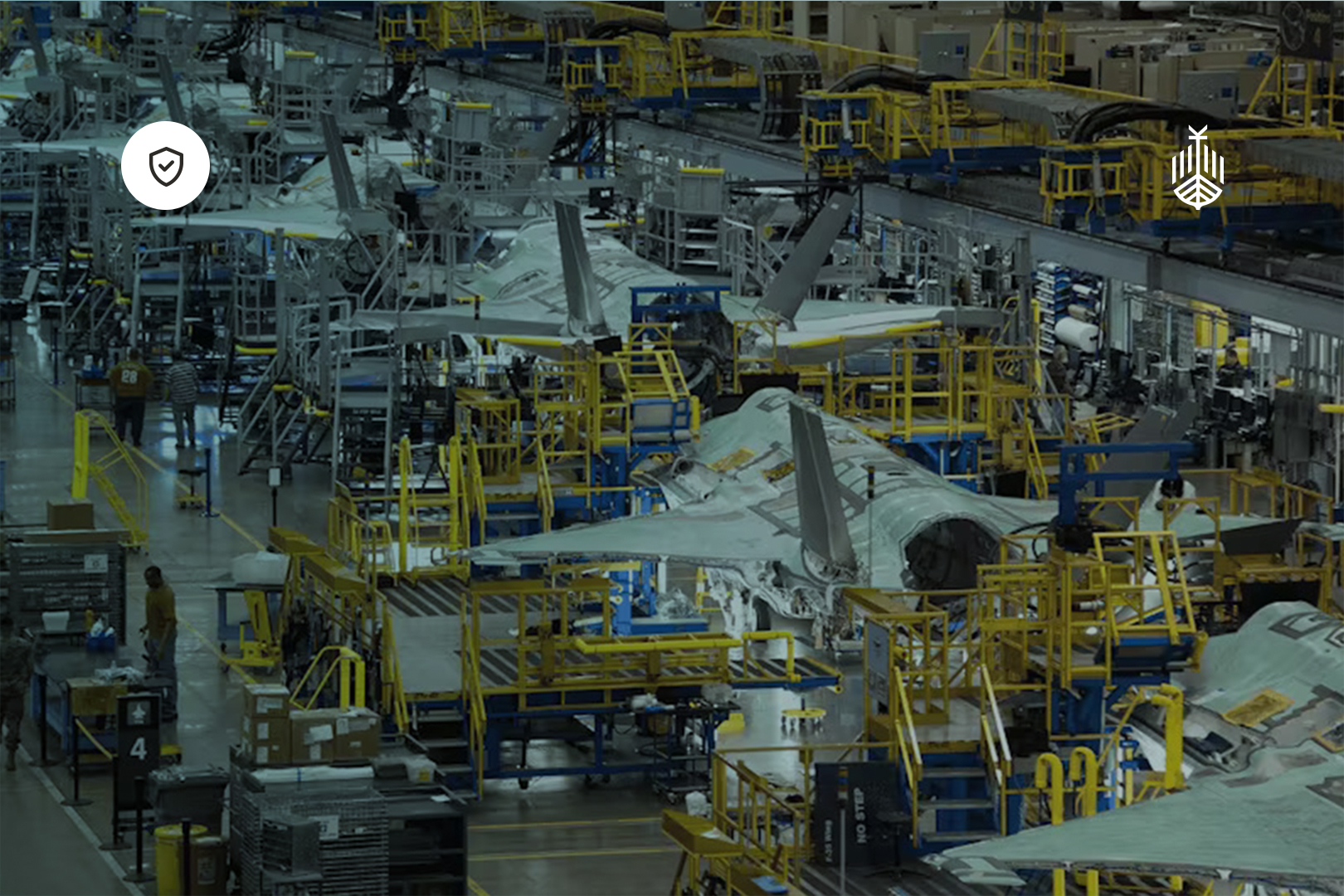Over the past few years, significant investment has flooded into the eVTOL (Electric Vertical Take-Off and Landing) industry, with a market value reaching US $9.44 billion as of 20231. Projections suggest this figure could soar to nearly US $35 billion by 2030.
This trend extends beyond personal transportation to encompass last-mile delivery services, where major players like Amazon and DHL, as well as innovative startups such as ElroyAir, Bell, and Volador FlyTech have dedicated substantial resources. In the context of last-mile logistics, where timely delivery is paramount, these advancements are reshaping consumer expectations and transforming the landscape of logistics.
Additionally, the application of eVTOLs is not limited to commercial endeavours; they also hold promise for enhancing defence capabilities, particularly in scenarios where rapid deployment and manoeuvrability are essential on the defence frontline.
Alternative maritime transportation
The surge in shipments over the last 6 years driven by increased demand has strained existing logistics and supply chain infrastructure, particularly between ports and ships, and ships and shore. This strain has underscored the necessity for alternative transportation modes for shore-to-ship deliveries, especially for critical equipment such as repair/maintenance parts or cash for crew payment.
In low visibility conditions, accessing ships with smaller boats becomes exceptionally challenging, and while helicopters have been employed for transporting heavy machinery, their high operational costs and the lack of helipads on all ships pose significant drawbacks. For instance, in the bustling Singapore port – one of the world's major hubs – approximately 1,000 ships are typically docked at any given time for up to four months of the year, susceptible to low visibility which leads to shipping delays.
Similar challenges likely plague ports worldwide, necessitating innovative solutions and it is in this context that eVTOLs emerge as a highly promising solution, offering safety and the potential for autonomous flight to facilitate efficient deliveries to ships and maintain seamless supply chains. Through discussions with the Singapore port authority, it becomes evident that eVTOLs could indeed serve as a viable means to address these pressing logistical challenges.
Frontline safety enhancement
Ensuring the safety and sustenance of front lines in conflict zones such as the Russia-Ukraine war, Israel-Palestine conflict, or the Taliban insurgency is of utmost importance. These volatile environments often face shortages in essential supplies like food, water, and ammunition, exacerbating the challenges faced by troops. Additionally, establishing remote and off-grid command centres becomes crucial for maintaining operational efficiency, especially in areas prone to power outages.
In addressing the logistical needs of front lines, eVTOLs emerge as a highly effective and secure means of transport. Their ability to operate autonomously and with minimal noise – being potentially 10 times quieter than helicopters at cruising altitudes – renders them ideal for clandestine deliveries to the front lines. Moreover, eVTOLs can facilitate the remote evacuation of injured soldiers, swiftly transporting them to safer locations or medical facilities without endangering additional personnel.
Remote reconnaissance missions
Furthermore, eVTOLs can play a pivotal role in remote reconnaissance missions behind enemy lines, providing crucial intelligence without risking human assets. While the UK has previously explored the use of unmanned drones and ground vehicles for front line supply missions, the limitations of range and payload capacity often hamper their effectiveness. In contrast, large eVTOLs offer extended range and greater payload capacity, presenting a more robust solution for supplying troops on the front lines. This potential has been underscored by UK trials of unmanned systems aimed at enhancing front line logistics2.
When discussing front line operations, the resilience and mobility of command centres are paramount considerations for both operators and soldiers. One approach to achieving this is through the utilization of mobile or temporary command centres, such as those developed by Nomad GCS, or establishing fixed off-grid bases equipped with self-contained solar power systems and battery energy storage, as pioneered by providers like Volador Energy. These solutions ensure operational continuity regardless of environmental conditions, leveraging renewable energy sources like solar or wind to remain self-sustained day or night, in any weather.
Such off-grid setups not only reduce reliance on local resources but also eliminate any trace on the conventional power grid. Moreover, they can establish secure telecommunications and satellite connections, enhancing operational security and autonomy. Additionally, integrating battery energy storage systems into these setups enables versatile applications, including recharging eVTOLs and powering base operations. This multi-use functionality is critical in defence scenarios, where maximizing equipment efficiency is paramount to optimizing base performance and minimizing footprint.
A sizeable market opportunity
The increasing investments in defence, with approximately US $33 billion allocated in 2022 and an estimated overall 2024 defence budget of $886 billion in the USA3, underscore the opportune moment for eVTOLs and next-generation energy storage systems to penetrate the defence market. As defence innovation continues to advance, the convergence of these technologies presents a timely opportunity to address evolving operational needs and enhance military capabilities.
Conclusion
In conclusion, the trajectory of innovation in both defence and civilian sectors unmistakably points towards eVTOLs and next-generation energy storage systems. These cutting-edge technologies are not only desirable but essential for navigating the demands of the modern era, offering enhanced safety, reliability, and efficiency across diverse environments, from civilian logistics to front-line operations in conflict zones.
While realizing their full potential will require concerted development efforts and time before seamless integration into consumer markets, their inevitable evolution signals a transformative shift in transportation and energy storage. eVTOLs promise autonomous and stealthy transportation capabilities, addressing critical challenges in last-mile deliveries and front-line supply chains, while next-gen energy storage systems offer operational resilience and reduce reliance on conventional power sources in off-grid command centres.
With defence investments surging and technological advancements continuing, the synergy between eVTOLs and energy storage systems presents a compelling opportunity to meet evolving logistical demands and bolster military capabilities worldwide.
Featured image © Copyright: Archer Aviation
References
1 30+ eVTOL and Electric Aircraft Statistics Including Market Size, Trends, and Predictions: investingstrategy.co.uk
2 UK trials unmanned systems to supply troops on the front line - ft.com
3 Silicon Valley VCs rush into defence technology start-ups - ft.com














